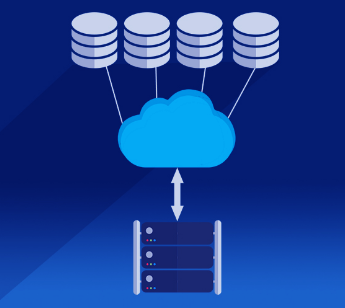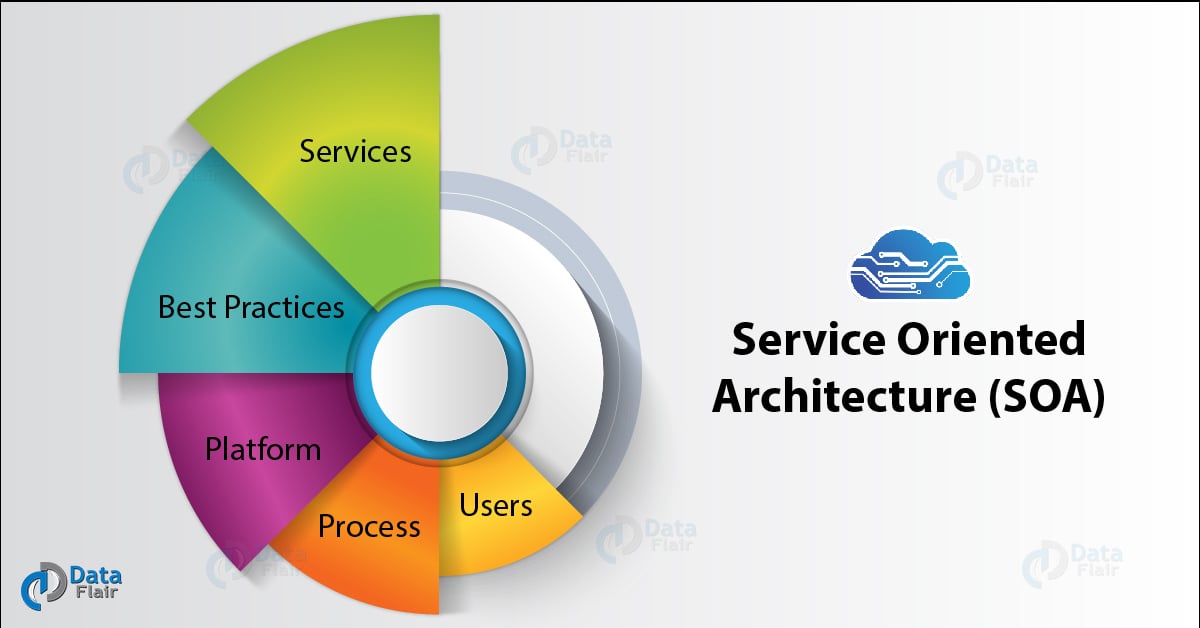Cloud Computing Technology – Virtualization, SOA, Grid, Utility Computing
Free AWS Course for AWS Certified Cloud Practitioner (CLF-C01) Start Now!!
Cloud Computing Technology (CCT), is emerging and benefiting a lot to organizations. Cloud Computing is available at the remote area and can provide benefits over the system or internet.
Today, we will study 4 types of Cloud Computing Technologies: Virtualization, Service Oriented Architecture (SOA), Grid Computing, and Utility Computing.
There are many applications, which can simultaneously work in cloud computing and only depends on web computing. Here, virtual shared services are in software infrastructure.
So, let’s start Cloud Computing Technology (CCT).
What is Cloud Computing Technology (CCT)?
The cloud computing technology is expanding very quickly and is a purposeful concept. It can be used for private cloud implementation either on-premises or in the data centre of client’s choice.
The cloud company supports the extensive strategic business and technology expertise, which processes the business for effective and efficient use of innovative Cloud Computing Technology.
The cloud service companies provide high-quality services, which can help to accomplish the tasks. There is a continuous improvement in cloud services and the prices are low. There are numerous amounts of benefits, which are provided by cloud providers to the customers.
In cloud computing, the clients don’t claim the physical framework, which is used by the third party provider
Types of Cloud Computing Technologies
Technology is evolving rapidly!
Stay updated with DataFlair on WhatsApp!!
There are 4 kinds of Cloud computing technology:
- Virtualization
- Service Oriented Architecture
- Grid Computing
- Utility Computing
i. Virtualization
Virtualization in Cloud Computing is nothing but a creation of virtual resource such as the desktop operating system, physical storage into virtual form. Virtualizations can also manage workload by transforming traditional computing, to make it more scalable.
We can apply it to a wide range of system layers, including hardware level virtualizations, server virtualizations, storage virtualization and operating system level virtualization. One of the major uses of virtualization is to provide the application with a standard version of the cloud clients.
a. Types of Virtualizations in Cloud Computing
- Hardware virtualization
Hardware virtualization is the extraction of computing resources from the software. The hardware virtualization installs the hypervisor that gives rise to an abstraction layer which lies between the software and the hardware.
The software relies on virtual representations of the computing components when the hypervisor will place.
These components are virtual processes rather than physical ones.
- Operating system virtualization
Operating System virtualizations are just a use of software which allows the hardware of a system to run multiple operating systems concurrently. This further provides the benefit to run multiple applications requiring a different operating system on a single computer.
- Server virtualization
Server virtualization is nothing, but masking of server resources with number and identity of the individual physical servers. In server virtualization, a single server is divided, which can work into multiple isolated virtual environments.
- Storage Virtualization
Storage virtualization is the division of physical storage from multiple storage devices which finally appears as a single storage device. We can use storage virtualization to integrate other resources and data centres into one logical view.
Storage virtualization is an old technique, which is used to resolve many challenges in scaling and managing a large amount of storage. Moreover, virtualization improves scalability, tendency, performance, and economics.
ii. Service Oriented Architecture (SOA)
Service Oriented Architecture (SOA) is a group of services, which can transfer data within each other. This data transfer can be either simple data processing or some activities. The Service Oriented Architecture does not depend on other services.
The Service-Oriented Architecture is also known as application structure, which divides the business application into particular business procedures and functions. The service-oriented architecture places the commitment and expenses of deployment.
It also energizes incorporated appropriation and fragmentation reuse. Due to this, we can reduce the cost of programming advancements and conveyance.
Connections and architecture of Service Oriented Architecture-
The figure shows, the service customer sends the message to the service provider. After this, the service provider returns the request to the service consumer. This communication is understandable by both the customer and the provider. Here, the service provider can also be a service consumer.
iii. Grid Computing
Don’t confuse with Grid computing with Cloud Computing. Grid Computing is a distributed computing resource to accomplish a common goal.
It is connected by parallel nodes that form a computer cluster and runs on an operating system. It is a distributed system with non-interactive workloads including a large number of files.
The cluster can be either a small work station or a large network. Its common uses are ATM banking, back-end infrastructure, and scientific marketing research.
We can make grid computing with the help of the application, which can use for computation problem. That are connected in a parallel networking environment.
It combines computers, which gathers information and forms a single application, which is computation-intensive.
iv. Utility Computing
Utility computing is a service provisioning model. This service provisioning modeling provides computing resources and infrastructure management to the customer as per their demand.
The customers are charged for them as you go basis without any upfront cost. The utility model maximizes the efficient use of resources while minimizing the associated cost.
Utility computing has an advantage that there will be a low initial cost to acquire computer resources.
The customer can access the infinite amount of computing solution with the help of the internet or a virtual private network. A provider can perform, the backend infrastructure and computing resources management.
So, this was all about Cloud Computing Technology. Hope you liked our explanation.
Summary of Cloud Computing Technology
Hence, there are lots of benefits of cloud computing such as getting an extension number of users without buying for getting the permission of any of these applications. So overall there are many efficient technologies of Cloud Computing which are benefitting on the daily basis.
Share your feedback through comment tab!
Did you know we work 24x7 to provide you best tutorials
Please encourage us - write a review on Google






